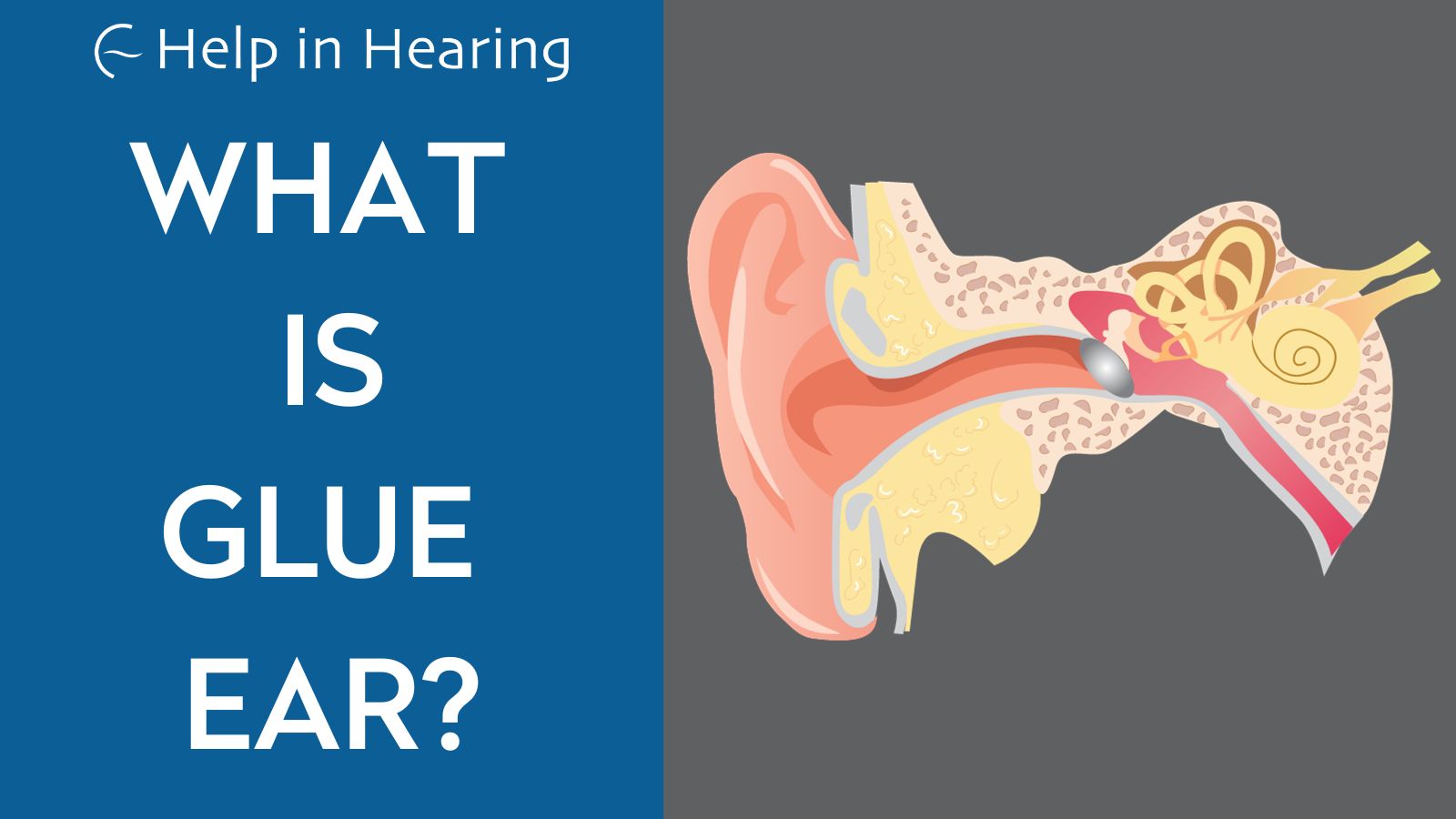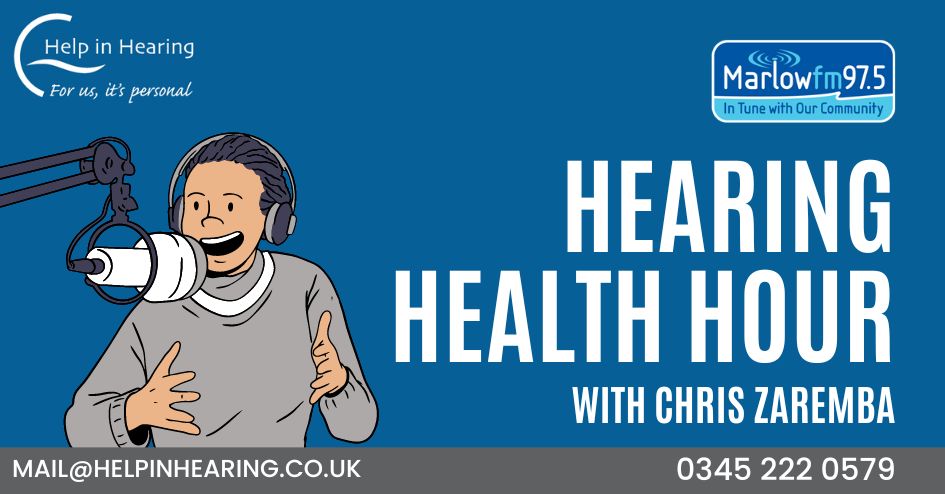
What is Glue Ear
What is Glue ear?
Glue ear occurs when the Eustachian tube (the narrow tube that connects the middle ear to the back of the nose) becomes blocked due to allergies or infection. This can cause a build-up of fluid making it difficult for sound waves to pass through the ear canal and preventing the ear drum and ossicles (middle ear bones) from vibrating properly.
Glue ear is most common in children and refers to the middle ear filling up with fluid.
Symptoms of Glue ear
There are many symptoms of Glue ear which can affect both adults and children, including:
- The feeling of fullness inside your ear
- Earache or pain
- Hearing popping, ringing or buzzing sounds in your ear
- Mishearing people
- Balance problems
- Problems concentrating
- Not responding when called
Another common sign of Glue ear among children is teachers reporting a lack of attention or lack of listening during class.
Causes of Glue ear
The exact causes of Glue ear are unknown. It often happens in conjunction with a middle ear infection and most commonly occurs during the winter months.
Other possible causes of Glue ear include:
- Inflamed middle ear
- Eustachian tube problems
- Infected or enlarged adenoids
- Allergies
- Repeated colds and throat infections
Treating Glue ear
Glue ear will get better on its own however if symptoms persist you should see your GP who will advise you on the best course of treatment. There is no evidence to suggest that over the counter medication such as antihistamines, decongestants and mucolytics, is helpful in treating Glue ear .
There are a few things that you can do if you or your child are experiencing Glue ear:
- Speak slowly and face-to-face
- Lower the volume of distracting background noises
- Try auto-inflation (this involves blowing up an ‘Otovent’ balloon using a nosepiece attached to one nostril then closing your mouth and the other nostril.) This can help to open the Eustachian tube and let air into the middle ear so that the fluid can drain out.
There is also a surgical solution for Glue ear; this involves placing plastic tubes called grommets into the ear drum which helps drain fluid from the middle ear. Your doctor may also suggest adenoid removal if Glue ear persists.
If you have any questions about Glue Ear, please get in touch.


This Post Has 0 Comments